DeFi is considered the next big thing in the financial market. It seeks to bypasses intermediaries and remove central authorities, making it an attractive place for new investors.

DeFi is an abbreviation of Decentralized Finance. It collectively refers to financial services using a blockchain-based technology with no centralized authority. In DeFi, financial intermediaries are not needed anymore. Their role is replaced by smart contacts, that is, computer codes running on a blockchain. Smart contacts automatically execute transactions if certain pre-determined conditions are met.
Contents
How Did DeFi Start?
The presence of intermediaries is always perceived as slowing down financial services, not to mention the fact that users have minimum control over their own money. The launch of Bitcoin in 2009, thus, massively popularized an open-source, decentralized financial system. Thanks to its blockchain technology, transactions are not exclusively controlled by a single and central authority. Several parties can have access to the history of any transaction. It can be said that the Bitcoin model naturally inspired many to improve and expand the decentralized system to a system that could take on even more complex financial operations. DeFi is the product of such inspiration.
DeFi and Ethereum
DeFi has to be decentralized. Therefore, its infrastructure has to facilitate the practice of decentralization. Enter Ethereum, the second-largest cryptocurrency platform based on the market cap. It is easier to build DeFi applications, or DApps, on Ethereum compared to say, Bitcoin, as the platform uses smart contracts. In addition, Ethereum also provides programming languages for creating, developing, and applying smart contracts. Thanks to this, many applications that dub themselves as "DeFi" are run on the Ethereum blockchain.
See Also:
DeFi Applications and Protocols
DeFi is a major threat to Bitcoin as it can execute transactions that are too complex for Bitcoin. Thus, many Bitcoin proponents have proposed to develop Bitcoin DeFi. For example, DG Labs and Suredbits are developing DeFi technology for Bitcoin named Discreet Log Contracts. With this technology, it is hoped that Bitcoin can execute more complex financial transactions.
Meanwhile, Ethereum 2.0 will be released in several phases, the first of which already took place. Obviously, not all issues will be resolved. But it is at least expected to address Ethereum's scalability issues through a concept called sharding. This involves splitting the network into multiple chains known as shards to reduce congestion and increase transaction speed.
Now, let's explore some of the most well-known DeFi applications and protocols.
Decentralized Exchanges (DEXs)
DEXs are used when you want to exchange currencies for other currencies, be it cryptocurrencies, digital currencies, or fiat money such as USD, EUR, etc. There are no intermediaries, and transactions take place online directly between buyers and sellers. Uniswap, SushiSwap, and Curve are some of the best DEXs. In terms of popularity, however, DEXs remain below their centralized counterparts such as Coinbase, Binance, etc.
Lending Platforms
Lending platforms are a type of DeFi application that allows for direct connection between borrowers and lenders of cryptocurrencies. Both lenders and borrowers can get reciprocal benefits. Lenders, by loaning their assets out could earn interest, whereas borrowers can access liquidity while maintaining their assets. Lenders could get a higher interest when there is a higher demand to borrow a cryptocurrency. That said, before borrowing assets, you need to offer collateral. This is more or less similar to traditional banks. Maker, Aave, and Compound are some of the best DeFi lending platforms out there.
See Also:
Prediction Markets
In prediction markets, participants place a bet on the outcomes of upcoming events. They operate just like conventional betting systems, but the intermediaries are eliminated. Augur, Gnosis, and FTX are some of the DeFi prediction markets. The 2020 U.S. presidential elections particularly helped boost prediction markets as many platforms saw significant increases in their activities.
Yield Farming
Yield farming involves holding cryptocurrencies like Ether, DAI, Tether, etc. for larger returns in the form of yield. Compound and Aave are the top dogs in this business. Yield farming, however, is not recommended to beginners as it is very risky because the farmers need to move their assets regularly.
Liquidity Mining
Liquidity mining involves providing cryptocurrencies into liquidity pools for rewards in the form of native tokens. This is pretty similar to when you save your money in a bank, which subsequently rewards you with interest. Liquidity mining is very popular as users can earn passive income just by depositing their assets.
Wrapped Bitcoin (wBTC)
Wrapped Bitcoin is an Ethereum-based token created from Bitcoin (BTC) so that Bitcoin holders can directly use Ethereum's DeFi system. With wBTC, BTC holders can gain interest via DeFi lending platforms.
Yearn.Finance
Yearn.Finance is a platform implementing the yearn protocol created to maximize yields. The protocol is created to address inconsistencies in the yields found in other DeFi protocols. The YFI token is the native token in Yearn.Finance. The more tokens a user has, the more voting power they have.
Uniswap
Uniswap is a DeFi protocol built for exchanging cryptocurrencies. This is an automated liquidity protocol that acts as a solution to the liquidity issue that DEXs usually possess. The protocol uses a pricing mechanism called the Constant Product Market Marker (CPMM). Under the CPMM, liquidity providers deposit a pair of tokens to create a liquidity pool, where the equation of x y = k is used to determine the pricing. The k must always be constant. Thus, if the price of token x rises, the price of token y falls.
Advantages You Can Get from DeFi
Let's take a look at some advantages of using Defi.
- Permissionless
Involving intermediaries like banks is not a cheap and simple undertaking. In addition, banks also set up a long list of requirements that make it difficult for individuals who cannot provide their documents. This situation prevents many people from enjoying financial products. DeFi, on the other hand, offers a system where anyone from any background can enjoy such products. All it takes is a mobile phone or computer and an internet connection to access the system. - Interest Rates
Interest is one of the reasons why users choose DeFi. They can keep their assets and the interest will be credited to their accounts at the pre-determined period, just like banks' traditional savings accounts. The difference is, some DeFi platforms are bold enough to give high rates. For example, Aave offers an interest rate of 5.73% on deposits, which is much higher than banks' average of 0.6% to 0.7% interest. - Financial Control
When it comes to money, it's normal to always want to have full control over it. In DeFi, you can do whatever you want to your assets or deposits without middlemen telling you this or disqualifying you from doing that. Smart contracts are the law, and nobody is above the law. It goes without saying that you should always be careful when investing your funds. - Better Transparency
DeFi allows you to experience a high level of transparency and accessibility to all available activities. Transactions can be viewed by anyone, yet, nobody can identify to which individual a particular transaction belongs, unlike traditional banks. This is because DeFi accounts use numerical addresses for identification. Moreover, users who are adept at programming can also access the source code of DeFi products.
DeFi's Drawbacks You Need to be Aware of
Despite the DeFi boom in recent times, there are some drawbacks that you need to know and carefully consider:
- Security Issues
It is undeniable that smart contracts are the core of DeFi protocols, and this is why they cause problems as well. Smart contracts are vulnerable to exploitation. They are computer codes, but not 100% free from human error. Before their inclusion in the DeFi protocol, smart contracts are reviewed by security firms. If the firms fail to spot any error or loophole, DeFi users may exploit the contracts for their benefit. - Centralized Oracles
Blockchain protocols cannot access data not stored in-chain. And as a solution, third-party services like blockchain oracles are utilized to connect smart contracts with the outside world. The use of centralized oracles can risk the very premise of decentralization that DeFi carries. This is because centralized oracles act as a single entity that feeds data to smart contracts. - Vulnerability to Foul Play
The fact that DeFi is permissionless is like an invitation for a person to commit a crime. This obviously imposes serious security risks as criminals may not only steal tokens but also launder the funds. A case in point is when KuCoin was hacked and lost $281 million in the process. The hackers then moved the funds to other decentralized DeFi platforms. This would not happen if there was a central authority to verify the transaction.
Should You Invest in DeFi?
DeFi has shown remarkable achievement in the crypto market since 2020 as it has increased the value of assets by more than 29,000% per DeFi Llama. As of the writing of this article, the total value locked is $175.4 billion after peaking at 197.9 billion last September.
However, this popularity also presents promising opportunities for bad actors. Hackers and thieves are increasing along the way as DeFi's prominence begins to increase, and most of them understand the technical issues of DeFi and take advantage of them. From malicious activities, DeFi protocols have lost hundreds of millions of liquidity. This number is expected to increase in the future. Indeed, security issues have been a major obstacle for DeFi to take off.
DeFi is risky, especially for newcomers. That's the harsh truth. The rise in popularity is also accompanied by the fall of many DeFi applications. For example, YAM token's market cap fell from $60 million to zero in just 35 minutes. Bugs are pretty common as well. They can live permanently especially when they reside in smart contracts which cannot be changed once entering the protocol.
Still, DeFi is a place where you can genuinely make money. So, if you are willing to take the risks, you can invest in the DeFi applications we have discussed above. To minimize the risk, make sure you have thoroughly made a research on them before entering the world of DeFi.

 Dedicated FREE FOREX VPS
Dedicated FREE FOREX VPS Free FOREX Virtual Private Server
Free FOREX Virtual Private Server MT4 Demo Contest, Get $500
MT4 Demo Contest, Get $500 Sign Up for an Account, Claim 60% Deposit Bonus
Sign Up for an Account, Claim 60% Deposit Bonus Free MT4/MT5 VPS 2024
Free MT4/MT5 VPS 2024 Send E-mail and Get Free Merchandise
Send E-mail and Get Free Merchandise $1K Refer a Friend Bonus for Pepperstone Pro clients
$1K Refer a Friend Bonus for Pepperstone Pro clients Maximize Your Earnings with 100% Deposit bonus
Maximize Your Earnings with 100% Deposit bonus Trade to Win, $5,000 Monthly Demo Contest
Trade to Win, $5,000 Monthly Demo Contest Claim 30% + 15% Deposit Bonus from LiteFinance
Claim 30% + 15% Deposit Bonus from LiteFinance


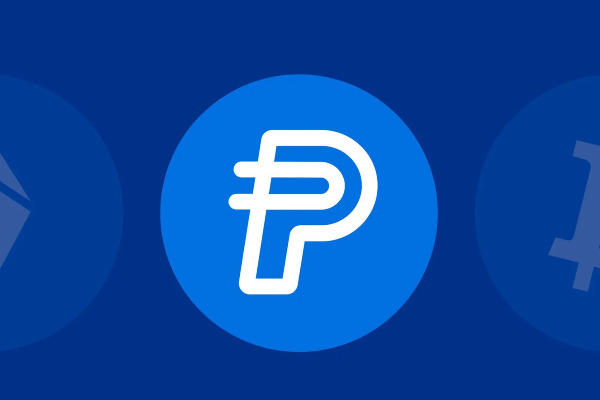
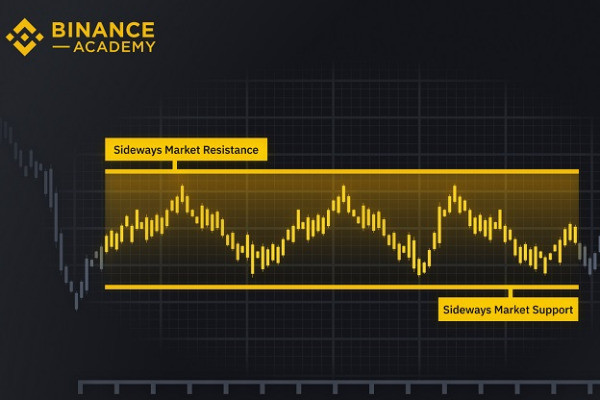
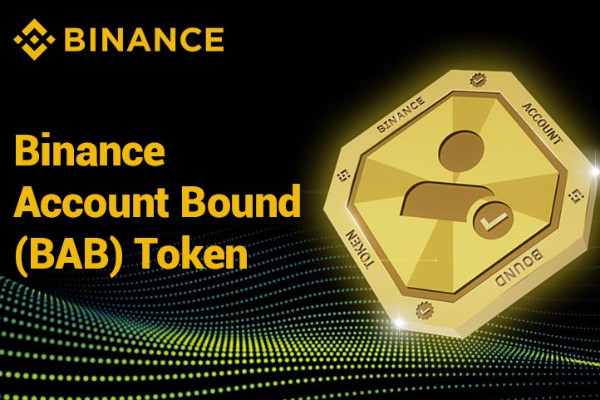
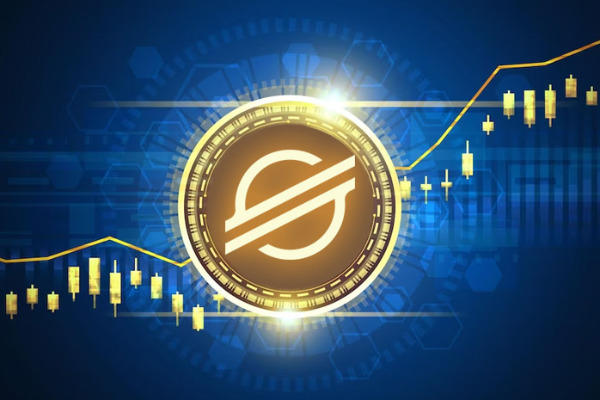
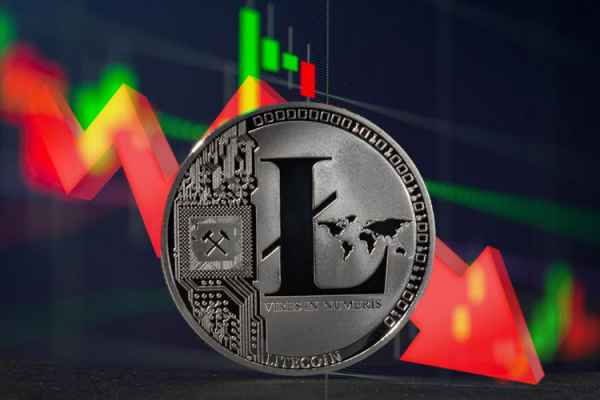

 Bitcoin
Bitcoin Ethereum
Ethereum Tether
Tether BNB
BNB Solana
Solana USDC
USDC XRP
XRP Toncoin
Toncoin Dogecoin
Dogecoin Cardano
Cardano
5 Comments
Willy
Jun 10 2023
In the realm of Decentralized Finance (DeFi), where financial services are facilitated through blockchain technology and smart contracts, the need for traditional financial intermediaries is eliminated. Instead, smart contracts autonomously execute transactions based on predefined conditions. However, as with any technological innovation, concerns regarding security and the potential for hacking arise.
Given the nature of DeFi and its reliance on blockchain technology and smart contracts, is there a possibility of smart contracts being compromised or hacked? How secure are these systems against potential vulnerabilities? Are there any notable incidents or risks associated with the security of DeFi platforms?
Irwin
Jul 6 2023
@Willy: Well, the truth is, no system is completely risk-free, and that applies to smart contracts too. Even though they're designed to be tamper-proof and self-executing, vulnerabilities can exist. The security of smart contracts depends on factors like the quality of the underlying code, the strength of the blockchain network, and the auditing processes in place.
Now, when it comes to the security of DeFi platforms, there have been incidents and risks worth mentioning. Some smart contracts have had vulnerabilities that were exploited, leading to financial losses. These vulnerabilities might arise from coding errors, flawed logic, or inadequate testing. And hey, let's not forget about external risks like hacking attempts targeting DeFi platforms. So, security is definitely something we need to pay attention to.
But hey, don't worry! The DeFi community is actively working on beefing up security measures. They conduct audits to identify and fix vulnerabilities in smart contracts. They also encourage ethical hackers to find and report bugs through bug bounty programs. So, there's a collective effort to make things safer.
Fuads
Jul 9 2023
What is a smart contract and how does it work? In the context of DeFi (Decentralized Finance), smart contracts play a central role. However, they also have certain drawbacks that require careful consideration. Smart contracts are computer codes that automatically execute predefined actions when certain conditions are met. Despite being designed to be efficient and secure, they are not immune to human error. Before being incorporated into a DeFi protocol, smart contracts undergo review by security firms. However, if any errors or loopholes are overlooked during the review process, users may potentially exploit the contracts for personal gain. Can you shed more light on the vulnerabilities and security issues associated with smart contracts in the DeFi space?
Sheeran
Jul 10 2023
@Fuads: Smart contracts are like super-smart computer programs that automatically do stuff when certain conditions are met. They're a big deal in DeFi because they help make things run smoothly. But, hey, they're not perfect! They can have vulnerabilities and security issues that we need to be aware of.
One issue is the code itself. If there are mistakes or weak spots in the code, bad actors can find ways to exploit it. Another problem is when smart contracts need to rely on external data sources. If those sources give bad info or get manipulated, it can mess things up.
Making changes to smart contracts is tricky too. They're meant to be set in stone, but what if a bug is found? It's a headache to fix. Plus, human error is always a risk. Even with audits and reviews, mistakes can happen.
To tackle these issues, DeFi peeps do security audits, offer rewards for bug finds, and use decentralized oracle networks for reliable data. Staying informed, being cautious, and working together are key to keeping smart contracts secure in the wild world of DeFi.
Sheeran
Jul 10 2023
@Fuads: Smart contracts are like super-smart computer programs that automatically do stuff when certain conditions are met. They're a big deal in DeFi because they help make things run smoothly. But, hey, they're not perfect! They can have vulnerabilities and security issues that we need to be aware of.
One issue is the code itself. If there are mistakes or weak spots in the code, bad actors can find ways to exploit it. Another problem is when smart contracts need to rely on external data sources. If those sources give bad info or get manipulated, it can mess things up.
Making changes to smart contracts is tricky too. They're meant to be set in stone, but what if a bug is found? It's a headache to fix. Plus, human error is always a risk. Even with audits and reviews, mistakes can happen.
To tackle these issues, DeFi peeps do security audits, offer rewards for bug finds, and use decentralized oracle networks for reliable data. Staying informed, being cautious, and working together are key to keeping smart contracts secure in the wild world of DeFi.